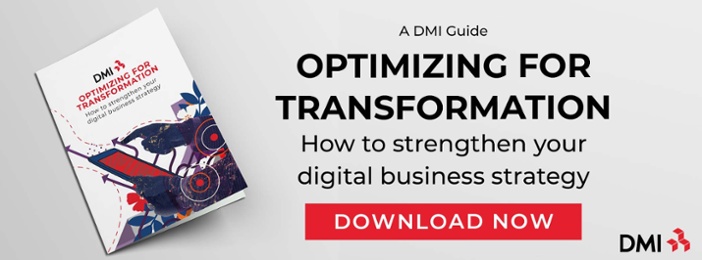
How Your Choices of Governance in the Cloud Impact Your Ability to Perform Modern Software Development
At its core, cloud governance refers to a necessary framework that helps users make the most out of their cloud services investments. In addition to both creating the types of policies necessary to reduce costs and mitigate various security risks, cloud governance is an effective way to both accelerate software development and improve the efficiency of processes across the board.
But, at the same time, we have to remember that no two businesses are created in quite the same way, meaning that there is no "one size fits all" approach to cloud governance.
Creating an ideal framework for your own organization isn't necessarily difficult, but it will require you to keep a few key things in mind along the way.
The Major Impact of Cloud Governance
To get a better idea of why cloud governance is so critical to your future success, consider a scenario where hybrid connectivity to on-premises data is fairly readily available but subscription ownership is highly restricted. Software development teams in this example business only have limited rights in the cloud, which creates obstacles almost immediately.
In a situation like this, there are also rarely any automated enforcement of policies — meaning that employees are spending so much time focused on these time-consuming, menial tasks that they can't devote their attention to those matters that truly need them. Likewise, information silos keep systems and team members from working together cohesively.
Not only that, but the process to move from non-production to production is poorly defined, creating a situation where all tasks take longer than they should. Because of these hurdles, development for nearly all cloud-facing work proceeds fairly slowly, thus harming your organization's ability to get products to market in a way that also worsens the end-user experience as well.
Now, consider an environment where hybrid connectivity to on-premises data is highly restricted, but ownership of cloud subscriptions is in the hands of development teams themselves. Here, governance can be enforced through automated policies and scanning tools, freeing up a tremendous amount of time in the process.
In this scenario, developers are empowered. A properly defined, hybrid review process (meaning the baseline is automated, and humans conduct a final review) is required to go from non-production to production. Everything moves along fairly quickly, as all cloud-facing knowledge is able to easily move around the team as needed.
In the first scenario, a lack of proper cloud governance actually harms business productivity — even in ways that might not be immediately obvious. In the second, the cloud governance model actually supports and empowers the modern software development process.
The Path to Better Cloud Governance Begins Now
Generally speaking, the most effective cloud governance model is the one you begin building as early on in your digital transformation as possible. It should be the first place you start, while also acting as the last place you compromise moving forward.
Setting clear governance from the beginning should always be prioritized, especially since major cloud providers like Amazon Web Services and Azure preach the importance of this idea, too. Any business effort, regardless of its scope, will always take longer when governance impedes. For this reason, it's in your own best interest to develop an organic governance model now without handicapping your organization later.
To begin, you need to understand the risks that you would realistically encounter as you embark on your digital transformation. Then, you can better determine which part of the organization is raising those risks and why. This puts you in a better position to examine your organization's structure, all while allowing your team to build the type of cloud governance pipelines that will empower developers in the future.
What you're left with is truly a perfect storm in the best possible way. Not only have you optimized the software development process in a way that makes sense for your specific organization, but you've also done so in a way that guarantees a faster time to market, too. Not only that, but you also get to enjoy a faster time to value in regard to regulation, governance and security constraints — which may very well be the most important benefits of all.
The DMI Approach
At DMI, we offer enterprise-grade services and solutions that are designed to both simplify and scale — all in the name of meeting you where you are today while still supporting you as you grow into the organization you hope to become tomorrow. We act as a trusted partner, getting to know your business from the inside out so we can provide organizational insight and business context as well as cloud expertise.
DMI delivers human-centric composable enterprise applications that can be built faster with modular architecture patterns, scale rapidly, have global availability and respond to business needs faster – while reducing risk, time to market, and total cost of ownership.
If you'd like to find out more information about how your choices of governance in the cloud impact your ability to perform modern software development, or if you have any additional questions about your own digital business strategy that you'd like to discuss in a bit more detail, contact DMI today.
